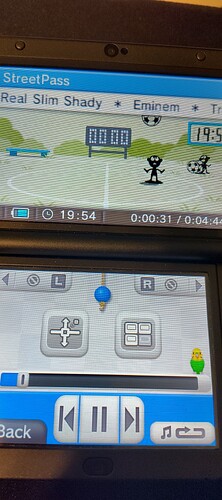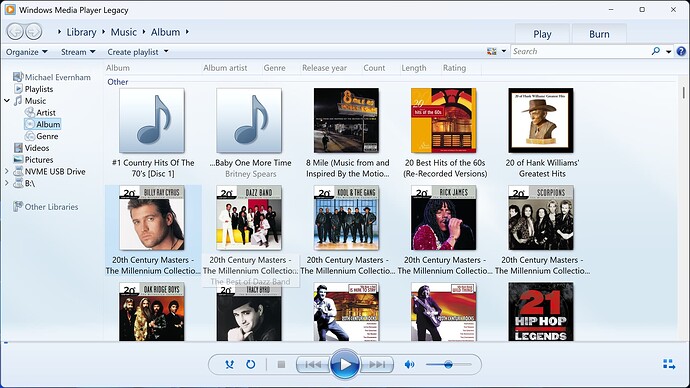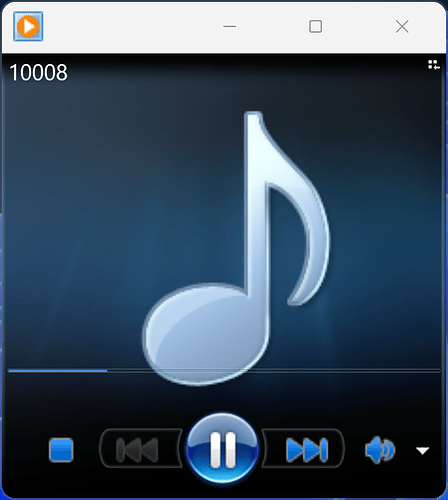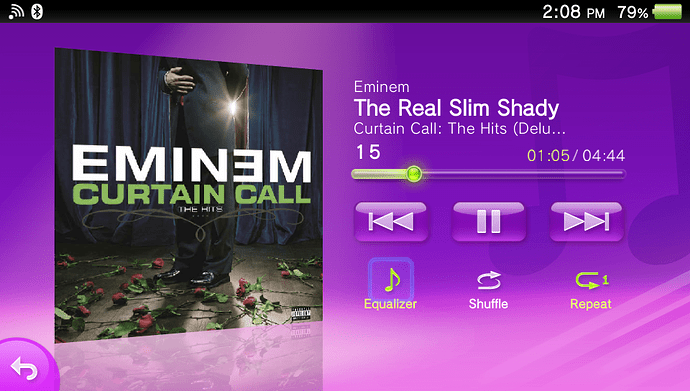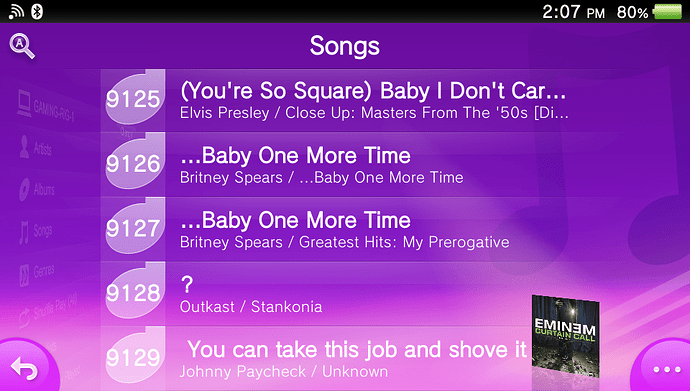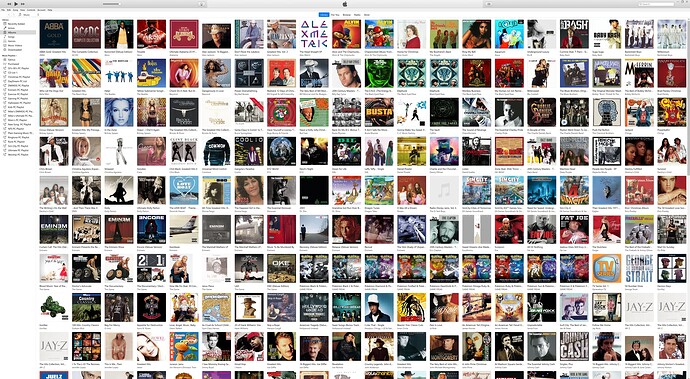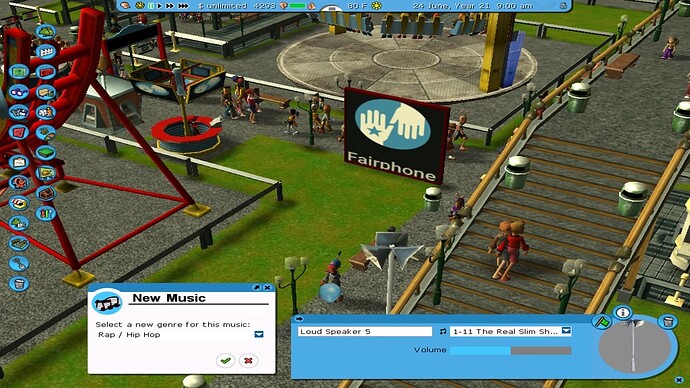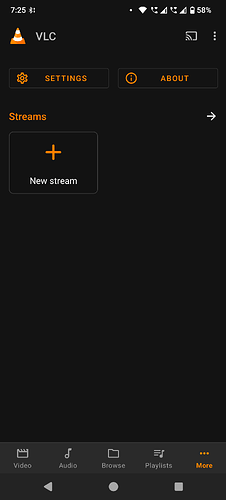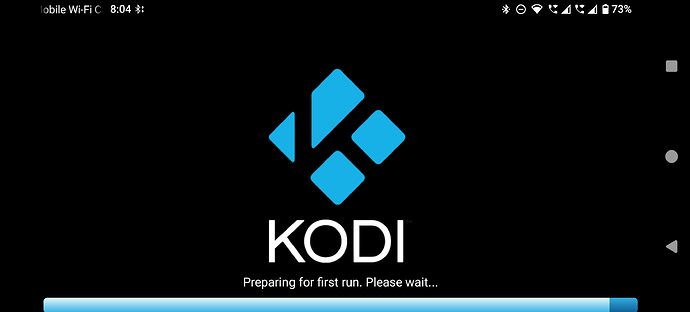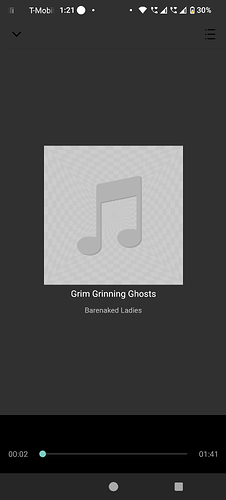Before we begin, only include media players you’ve used over the years. Don’t feel bad if your player wasn’t here; I haven’t tested everything. For online support, it varies per platform for track and album information.
- Windows Media Player Legacy (e.g., Windows 95, 98, 7, 8, 8.1, 10, and 11) for what I’ve tested it on.
FEATURES:
- Mid (MID) and WMA for audio support.
- MP3 and M4A for audio.
- MP4 and WMA main support.
- Plugin addons can add additional support.
- M4V for video support.
Picture support includes:
- JPG, JPEG, BMP, PNG, and some others not tested.
- Additional support for other formats through plugins or drivers.
Online support is available for platforms like Windows 95 and 98, which are retrofitted to modern legacy servers. Other platforms, including Windows 95 and 98, work on every other player.
Additional support is available for:
Drives are required if not built in,
- Floppy disk drives through drivers and software.
- Zip disc drives through drivers and software.
- Mini-Disc drives through drivers and software.
- Tape drives (sold separately) for DOS 3.1 and older.
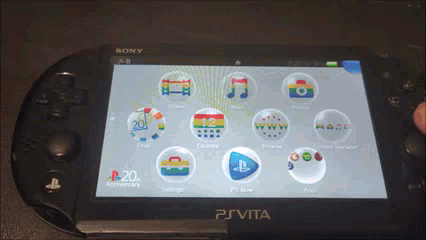
- PS3/Vita on-board support: Players can now store video, music, and pictures directly on the device without the need for an external drive. The PS Store from PS4 onward has discontinued online support for purchases and downloads, but the PS Vita has retained this capability. The best player for this feature was argued between players for years. I found that PS3/Vita offered the best combination of video, music, and picture storage directly on the device. No external drive was required for transfers except for small files (e.g., music).
Features:
- MP3 works best for audio
- JPG, JPEG, and PNG work best for pictures
- MP4 Works best for video
- WMA, WMV, M4A, and M4V often work, but may be affected by PS Vita’s corrupted memory card issue
- Equilizer Support: Although limited, it’s a welcome feature compared to Android and Windows, which require specific software and plugins for each application
- Additional support:
- Content Manager for PC: No limit on photo transfers. 4,000 song limit per session. My experience was to select every song individually, then up to 8,000 songs, and store them all on the Vita. As to video, there is no limit except for the PS Vita’s limited storage. However, I imported a 64GB exclusive Japan-exclusive PS Vita and found that I could store up to 4,005 videos without any issues. I simply made a 6-second clip of my own and duplicated it 4,005 times, and transferred no problems. This led me to wonder why the music player was not optimized for this feature.
3.iTunes for windows, iPod, iPhone, iPad, & Mac. Though I must mention it was rebranded to Apple Music, TV, photos for more modern Macs, iPhones, iPads as of a few years ago.
FEATURES: Started out as forced M4A, M4V to begin with. Then added MP3 support through a workaround later on. Then further features were added around Windows 8’s bad launch. As for WMV, WMA, MP4, MOV (QuickTime Discontinuation). JPG, JPEG, PNG were allowed only on iPod Nano, iPod touch, iPhone, & iPad through iTunes Sync feature with a File Explorer APP per device downloaded to each through the APP Store. Then jump again to the app Section in the sync Menu and create a Photos folder to Transfer them through sync. I have to say, it was very cumbersome if I had to ask the question. However, it was removed in later iTunes versions.
There was even EPUB support for books through the app. Nowadays, if someone wants to transfer a backed up book or any text file today, they have to use Wi-Fi from a PC to the device with a supported File Explorer. I personally recommend File Explorer Pro, which allows network connections to do just that for both my device and Android devices. One of the best apps out there. It does cost money, but I couldn’t express how useful it is.
Equizer support: The best support for it out there. I really have no complaints except for the fact that it is exclusive to Mac, iPod, iPhone, & iPad respectively.
Additional Support: iPod line. syncing to Android before going to the iCloud today’s method. I recommended software that I used long ago to achieve such support was Toon Tools for iPod. It allowed the device to think it was connecting to an iPod instead of Android. For recovering data tools didn’t work once, so ever. But the mimic iPod tool had some advantages that were overlooked. Only limit was the 4 GB at the time, but a fixed version of that version does exist out there, expanding the limitation to 10 GB iPod Nano. Because of the bad reputation that software had, it’s now lost sought media to some.
- Steam (yes, one would think that this isn’t a player, but it is)
side support for games such as Roller Coaster Tycoon 3 Platinum, Roller Coaster Tycoon 3 Complete addition. through an open source software such as Moonshell to enable music to play in the game for what I tested anyway.
Features RCT3: The loudspeaker and ride station music. MP3, WMA, & WAV are the only supported song types. Not much. Photo support JPEG, JPG, PNG are the only ones in game billboards and stalls. required Resolution of 500 By 500 with 72 PPI for billboards. Save location is C: \users\user name\one drive\documents\My Pictures\test.jpg. (windows 8-Current). Allowed Song list Checkbox checked in the in game options menu. with an old standard required conversion off 33Kbs\ 44Khz\ stereo CBR located in C: \users\user name\one drive\music\RCT3\test.wma (Windows 8-Current)
Side players though steam are supported though the GUI
- VLC Media Player
Features: Most formats supported, though I found limitations such as no native MIDI support. A side plugin is required for that. Open source and free. While it is funded by donations, and always asks if you care to donate on each install. I did a few times, but every time, no thanks. At startup, so uninstalling and reinstalling the latest release can lead to a pop-up. Another gripe is asking to send additional details to them on each install. Besides that, the playlist puts songs in order of track number. So, if you want to manually change the track number for each track in a playlist, then Mixtape is not for you.
- Kodi (Open Source) Media Player
Features: No actual native support whatsoever. It relies on codecs, file types, and general knowledge in getting album artwork on your own. It relies on the system to do all the work. So, no wonder the Android doesn’t function. It’s just a skin disguised as a player. However, it works on Linux and Windows respectively. Those platforms generally have built-in support to deal with what’s presented. The only benefit this has is movie night. Just click and watch like Netflix. The only real positive. Do not recommend it for anything else.
- Xbox One (although discontinued not once but twice) In favor of Groove Music which was also discontinued. funny how everything needs to be in the cloud LOL.
One grievance of the new users is that the apps required to stream from USB have been removed from the web store. Windows Media Player and USB to TV web apps were the only methods provided by Microsoft for Xbox. So now, for new users, you must rely on third-party apps today. For existing users who were around for a while, this is for you.
Features: Most files are supported. However, MIDI and some codecs are not. I don’t quite know which. 4K support MP4 goes corrupt when played, relatively recently. So, relatively recently.
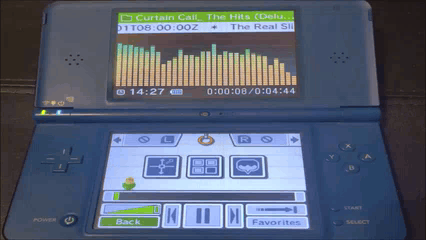
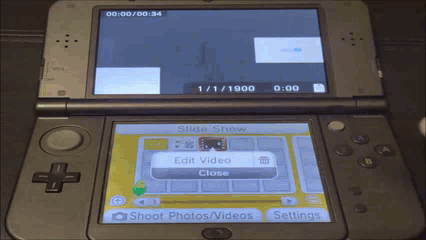
- DSI, 3DS Music App Features
The DSI & 3DS Sound app offers some notable features. However, it’s worth noting that it is limited to playing MP3 files, DSI requires M4A in AAC codec format. with an album limit of 1,000 albums and a track limit of 100 songs per album. As such, it is not possible to play Game Freak Released music, which can go over this limit. The app allows for easter eggs to be placed along the way, making it a neat little app to enjoy. Overall, the app is a great value, especially considering that the card can be formatted to 2TB, For a common format tool for SD cards. (MiniTool Partition Wizard)
Photos can be stored and played back, but the quality is limited to JPEG, JPG, and PNG files. The video quality is also limited to 3DS only, as it requires AVI format. Additionally, the app is set to a 256x192 aspect ratio, 3DS has 400 by 240 resolution for video. which is suitable for DS/3DS resolution. However, any higher resolution video files may cause the card to become Corrupt. It is also worth noting that the app can make 3DS videos to HEIC 3-D format, but this process is relatively simple and only requires a 3DS device.
Additional Features of the DSI & 3DS versions of Flipnote Studio.
The DSI app also has some additional features. One of the most notable is the ability to save short videos to the SD card using Flipnote Stuido. Additionally, fan servers for the DSI app are available, which allows users to share their content with the community. The app also supports 3D drawing, which can be used to create random drawings. However, the 3DS variant of the app was limited to the SD card.Thee need to remove a couple of screws to access the SD card on New Nintendo 3DS Varaint which may have been frustrating for some users.
- File Explorer Pro: IOS & Android Features:
The File Explorer Pro app has a number of features. Most file types are supported, but there is no MIDI support. Additionally, 4K content via a Wi-Fi drive is not supported for video, and the built-in video player has a drawback on Android devices. Specifically, the video player crashes when trying to play 4K video content from an SD card, but it is possible to play 1080p-resolution video content. However, the built-in video player does not support picture in picture natively, which is a drawback for Android users. However, it can be enabled through a toggle in the app settings menu. Furthermore, the app does not have equalizer support except through the toggle option. (VLC player feature for video support)
so that concludes the topic of media players. However moderators can add DRM specific info to this topic for the sake of completeness.
additional note to others. being smart and asking questions is more reasonable when talking about a certain topic. this was all based on factual statements based on what I used for software. all from memory based from experiences i’ve had with them. in the end it’s my opinion. and you can choose whether you believe it or not. thanks for the understanding based on the context provided.
converters were used to make my library compatible per device for photos, music, and video respectively. Ai corrected Text for grammar mistakes for easier reading.
